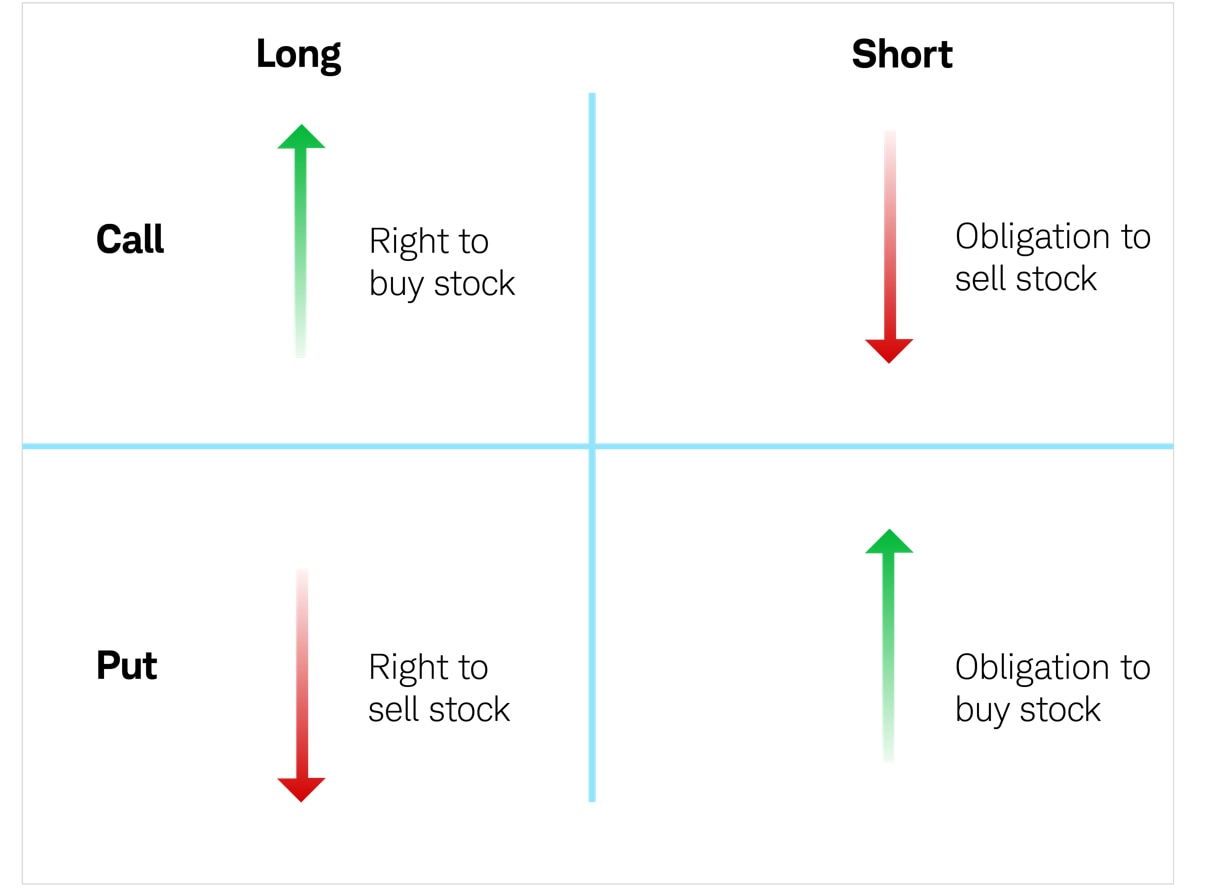Investing in the stock market can be an exhilarating yet daunting experience, especially when venturing into the realm of options trading. However, understanding the basics of options trading can unlock doors to lucrative opportunities. If you’re a novice in this field, buckle up as we take a deep dive into the fundamentals of options trading.

Image: phaseisland17.gitlab.io
What are Options?
Options are contracts that grant the buyer the right, but not the obligation, to buy or sell an underlying asset at a specific price on or before a specified date. These contracts come in two primary flavors: call options and put options.
Delving into Call and Put Options
Call options empower the buyer with the right to buy an underlying asset at a predetermined price, known as the strike price. On the other hand, put options provide the buyer with the right to sell an underlying asset at the strike price. These options offer flexibility to investors, allowing them to speculate on the price movements of assets without committing to an outright purchase or sale.
Navigating Option Terminology
Comprehending the terminology associated with options trading is crucial for success. Let’s decode some essential terms:
**Premium:** The price paid by the buyer to acquire an option.
**Strike Price:** The predetermined price at which the underlying asset can be bought (for call options) or sold (for put options).
**Expiration Date:** The date on which the option contract expires, rendering it worthless.
**In-the-Money:** An option is considered ‘in-the-money’ when its intrinsic value is positive, meaning it’s profitable to exercise the right to buy or sell at the strike price.
**Out-of-the-Money:** When an option’s intrinsic value is negative, it’s considered ‘out-of-the-money,’ indicating that exercising it would result in a loss.

Image: www.youtube.com
Understanding Option Pricing
The pricing of options is influenced by several factors, including:
**Underlying Asset’s Price:** The price of the underlying asset directly impacts the value of the option.
**Volatility:** The anticipated price fluctuations of the underlying asset. Higher volatility leads to higher option premiums.
**Time to Expiration:** As the expiration date approaches, the time value of an option decays, reducing its premium.
Leveraging Options for Prudent Investments
Options can be an effective tool for risk management and profit-generation. Here are some of their advantages:
**Limited Risk:** Contrary to stocks, the maximum loss for an option buyer is the premium paid upfront.
**Profit Potential:** Options offer the potential for significant profits, albeit with varying degrees of risk.
**Flexibility:** Options provide flexibility to investors, enabling them to tailor their positions based on market outlook and risk tolerance.
Tips and Expert Advice for Astute Options Traders
Seasoned options traders have gleaned valuable insights over time. By adhering to their advice, novice traders can enhance their decision-making and maximize their chances of success:
**Due Diligence is Paramount:** Before embarking on options trading, it’s essential to conduct thorough research and develop a solid understanding of the underlying asset and the options market.
**Manage Risk Effectively:** Employ risk management strategies such as setting stop-loss orders and limiting position size to avoid substantial losses.
**Patience and Discipline are Key:** Options trading demands patience and discipline. Avoid impulsive decisions and stick to a well-thought-out trading plan.
Frequently Asked Questions (FAQs)
- What is the difference between a call and a put option?
- How do options premiums fluctuate?
- What are the risks involved in options trading?
Call options give the buyer the right to buy, while put options grant the right to sell the underlying asset at the strike price.
Premiums are influenced by factors like the underlying asset’s price, expected volatility, and time to expiration.
Options trading carries risks of losing the premium paid and experiencing price fluctuations that can impact profitability.
What Are The Basics Of Options Trading

Image: www.youtube.com
Conclusion
Venturing into options trading can be a rewarding experience, but navigating its intricacies requires preparation and a comprehensive understanding of the basics. By grasping the concepts outlined above and adhering to the tips and expert advice provided, aspiring options traders can increase their chances of success in this dynamic market.
Embark on this exciting journey, embrace the complexities of options trading, and discover its vast potential for financial growth. Are you ready to unlock the secrets of options trading and elevate your investing strategy?






